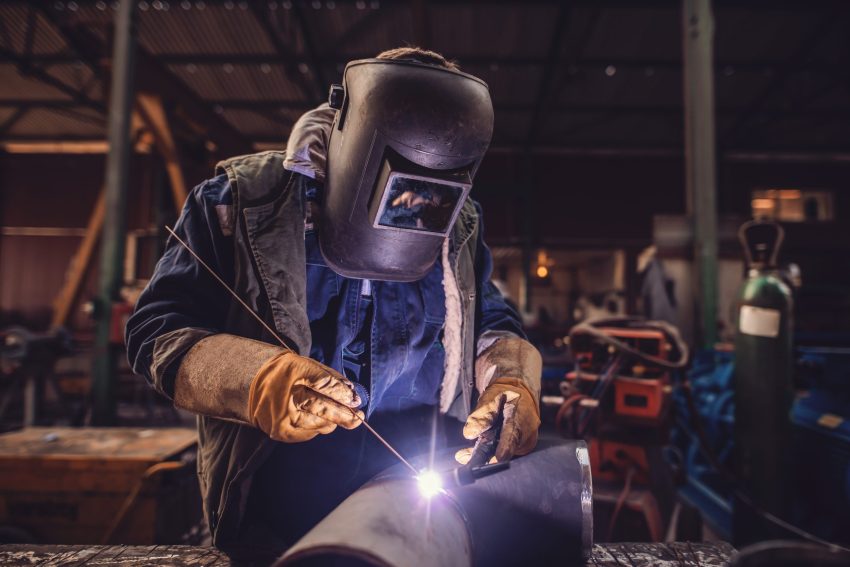
The functionality and efficiency of nearly all industrial processes rely on fluids and gases. These substances encompass a wide range of products, from gasoline and beverages to lubricants and industrial gases, playing vital roles in various operations. For instance, steam is indispensable in electric power generation. The history of pipe welding dates back to William Murdock’s adaptation of discarded musket barrels in 1815 to transport coal gas in London for his lamp system. During World War II, welding evolved from a popular fabrication method to a crucial technique for meeting production demands. This transition led to significant advancements in pipe and tube welding, particularly in industries like shipbuilding.
Establishment of the AWS D10 Committee
Recognizing welding’s significance to the pipe and tube industry over 70 years ago, AWS formed the D10 Committee in 1951. This committee aimed to develop recommended practices for welding piping and tubing across various sectors. Its mission was clear: to create standards ensuring safe and progressive welding practices while promoting education in the latest techniques. Initially comprising 47 members from diverse industrial backgrounds, the committee represented sectors such as oil, gas, power, chemical, aluminum, steel manufacturing, and more.
Publication of Specifications and Standards
In 1953, the D10 Committee released its inaugural document, AWS D10.1, focusing on post weld heat treatment rather than piping or tubing welding specifically. Despite its initial scope, this publication served its purpose effectively. However, it was eventually withdrawn in 1955 as its contents became incorporated into other committee publications. With the rising popularity of alloy steels in the piping industry, two new publications, D10.3 and D10.4, were introduced in 1955 to address specific welding practices for these materials. Over time, the committee expanded its focus to cover emerging needs, such as welding for nuclear power plants.
Publication of Guides
Continuing its efforts to support pipe and tube welding applications, the D10 Committee transitioned from publishing standards to producing more prescriptive guides. While these guides are not considered codes, they offer practical insights into welding processes and procedures. Notably, many codes referencing pipe welding requirements cite D10 guidelines as valuable resources. These publications serve as essential references for both seasoned engineers and emerging welding professionals.
Conclusion
When confronted with challenges in pipe or tube welding, the D10 publications serve as valuable resources, offering practical solutions in a cost-effective and efficient manner. Accessible through the AWS website’s “Bookstore” tab, these publications provide a wealth of information to streamline welding applications, ultimately reducing costs and time investments.
source: www.aws.org
